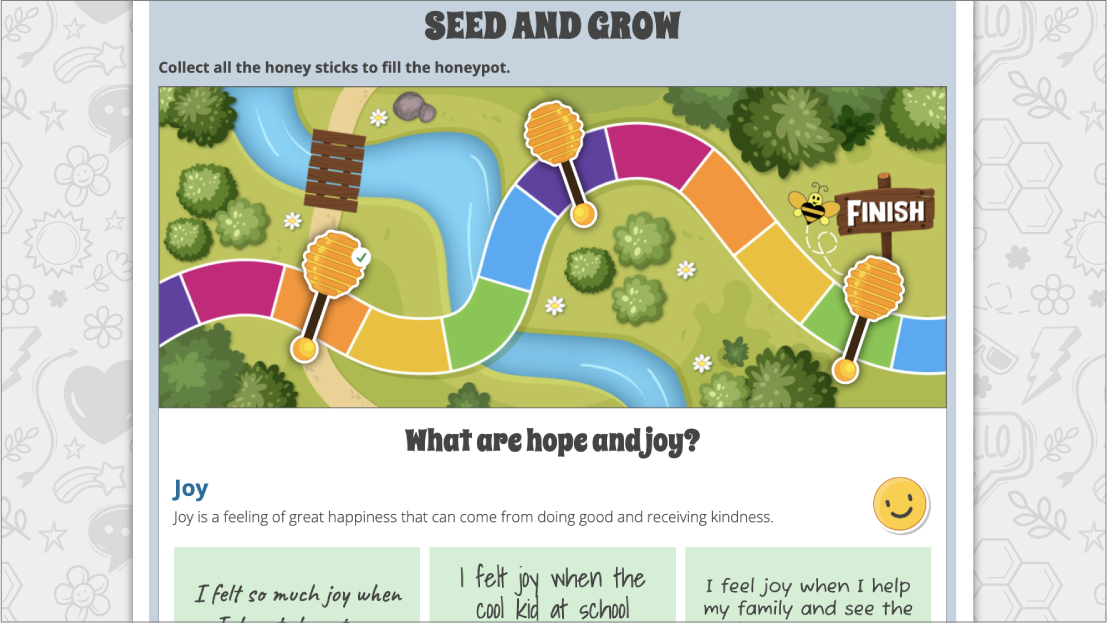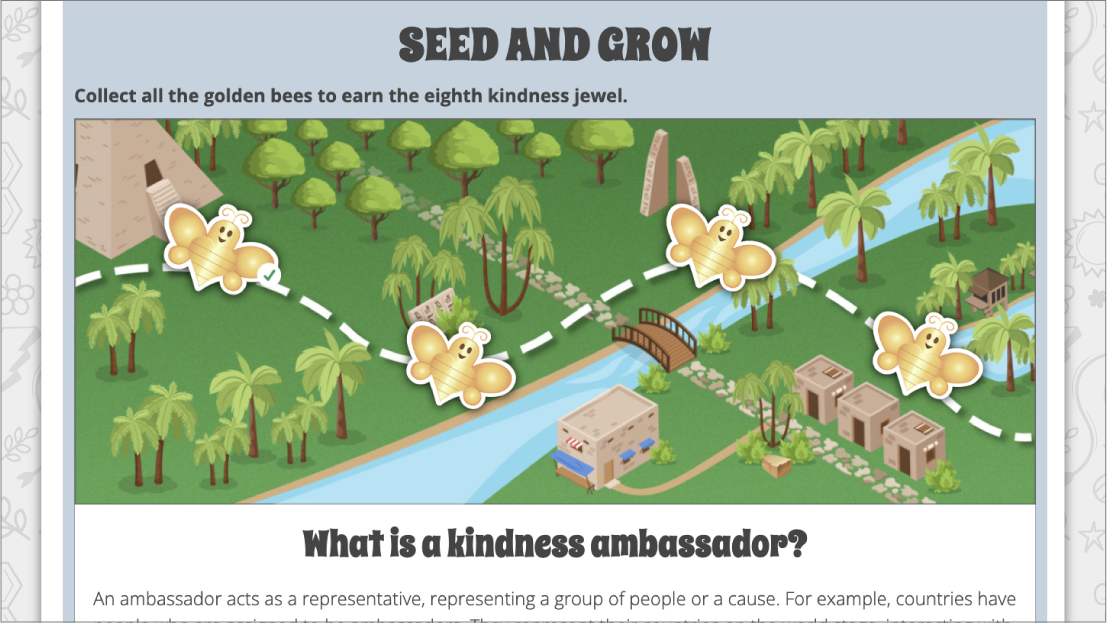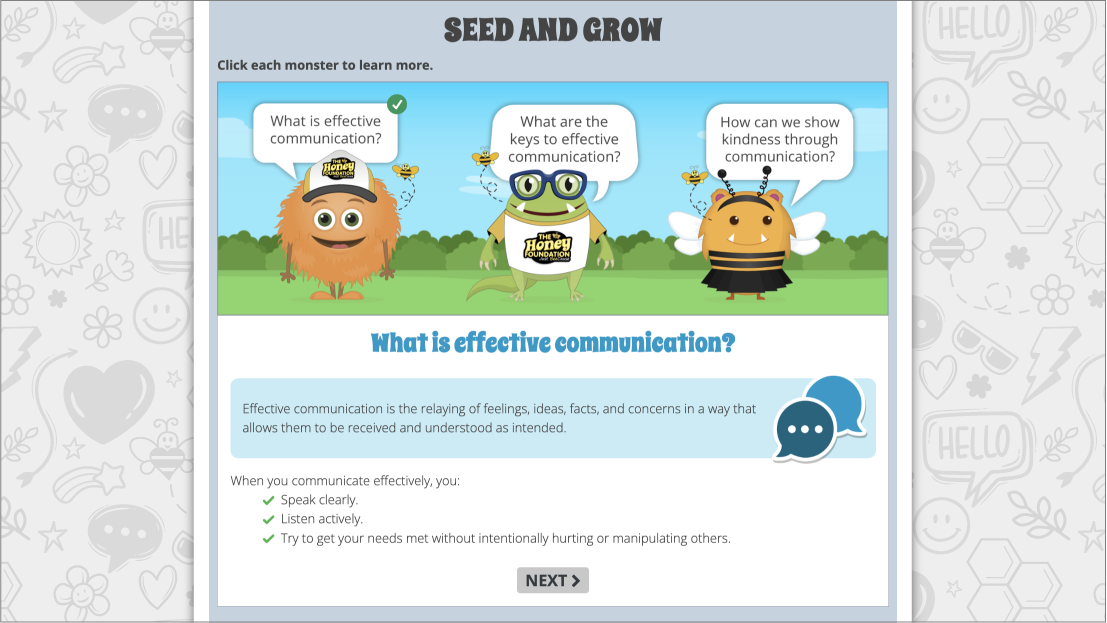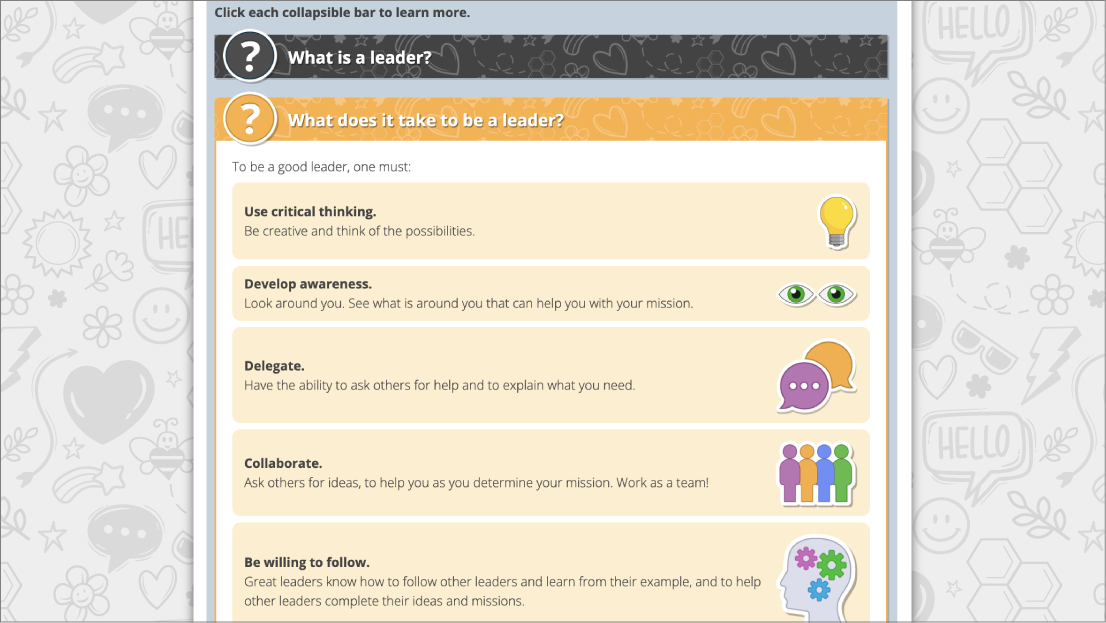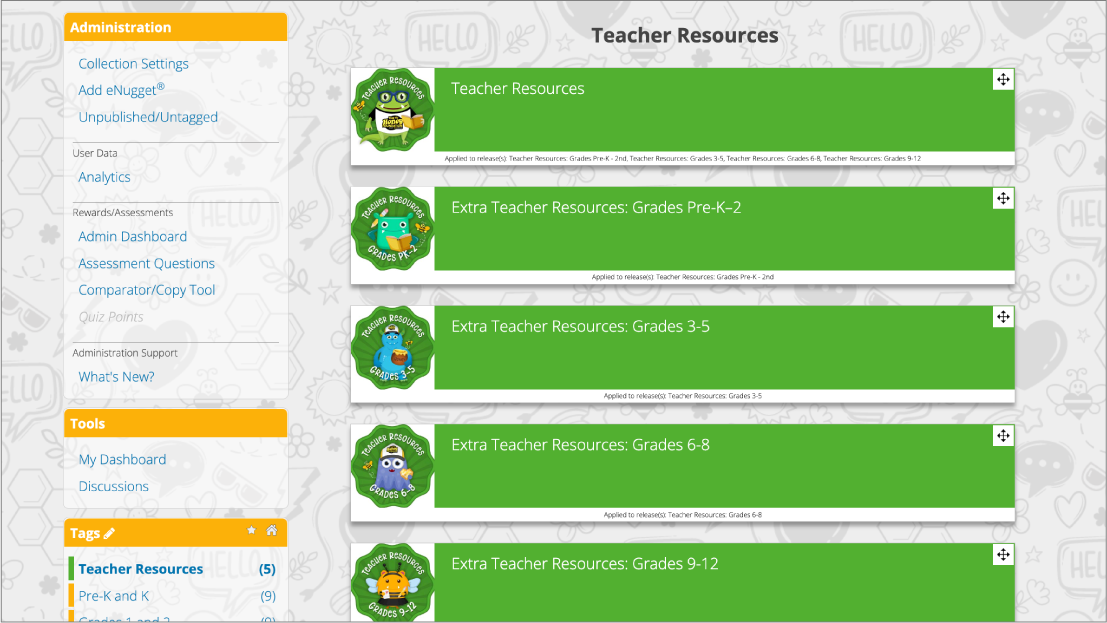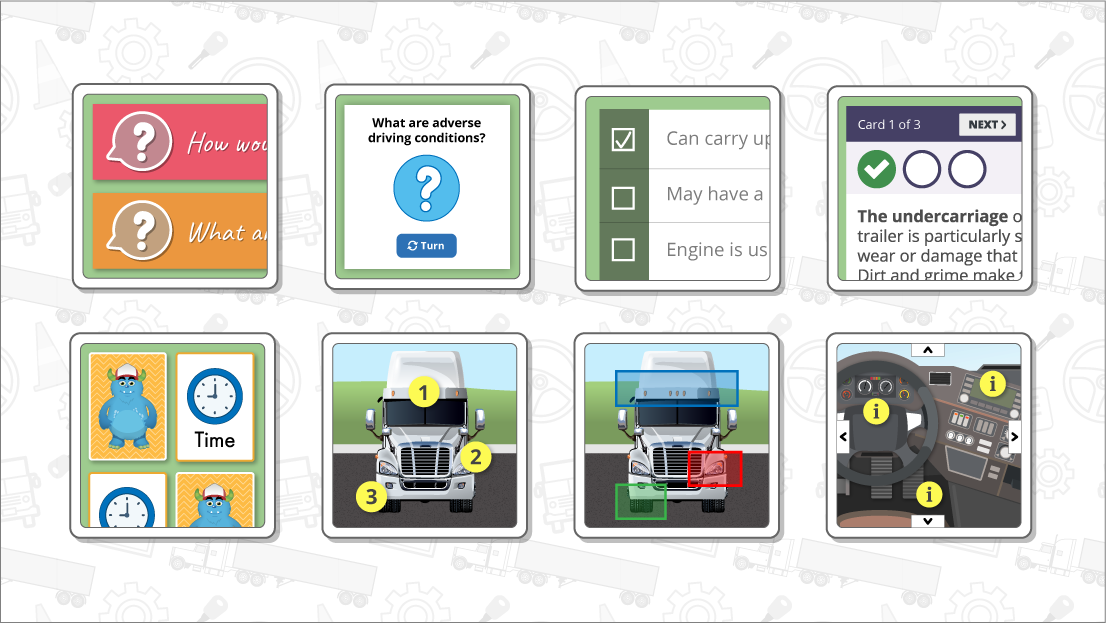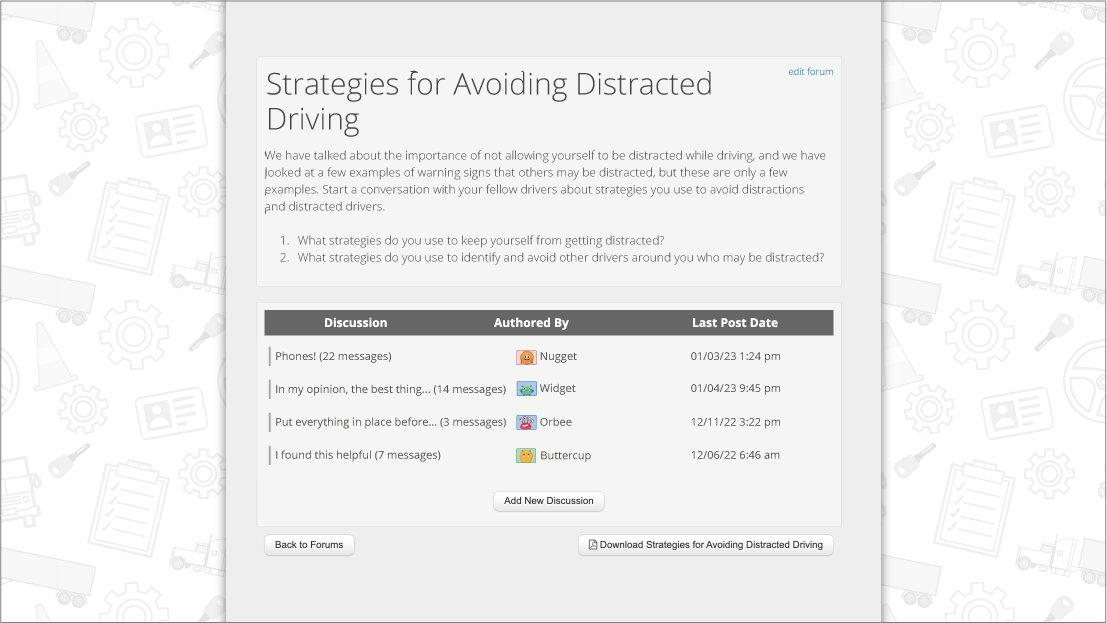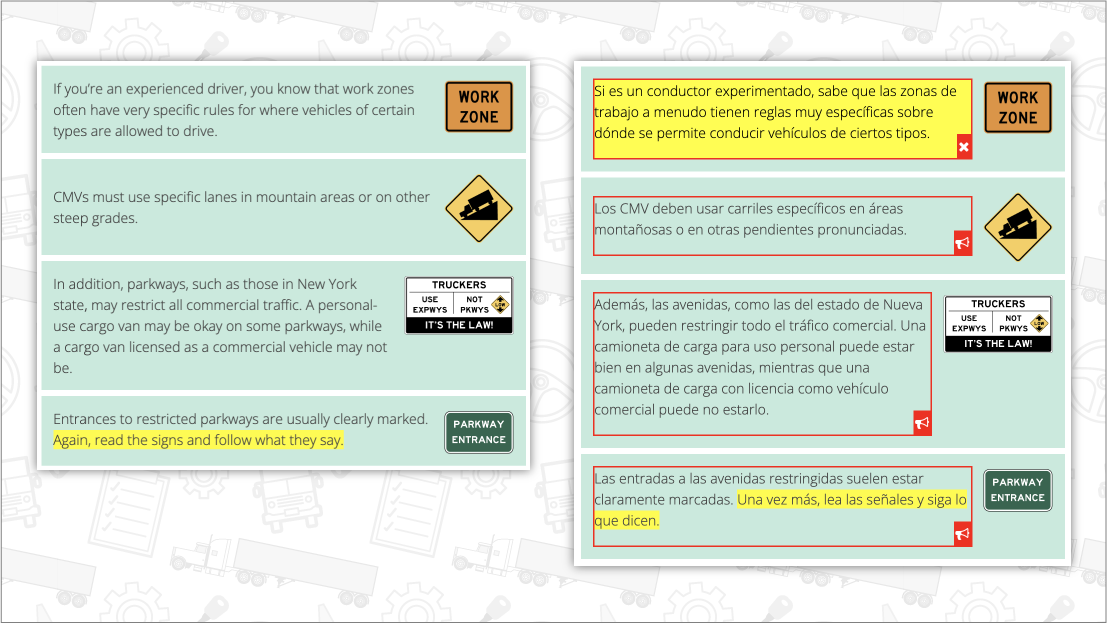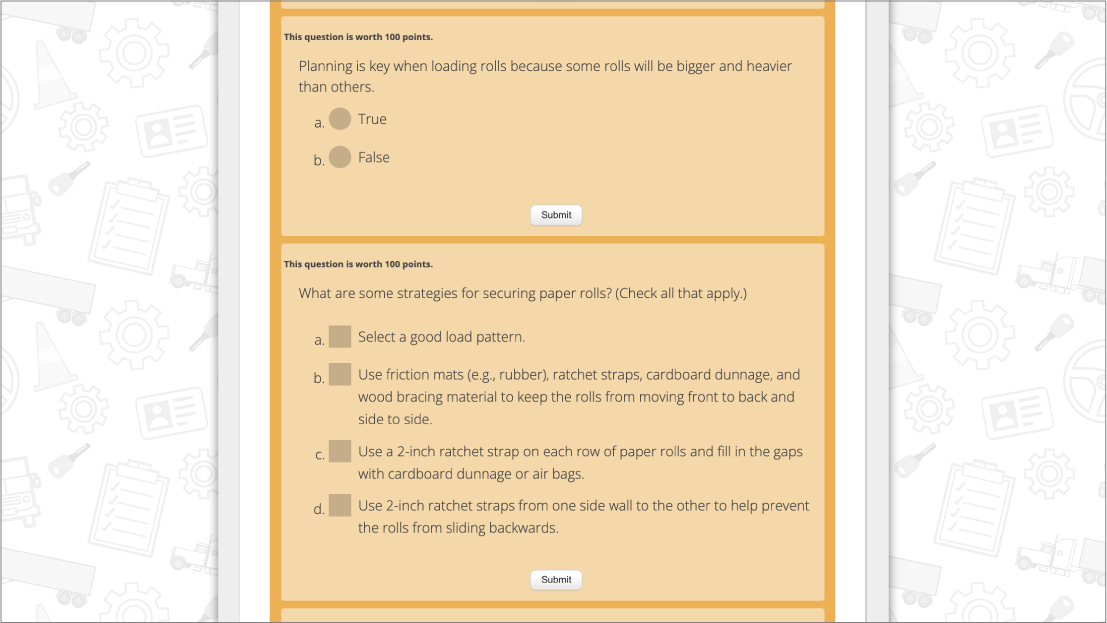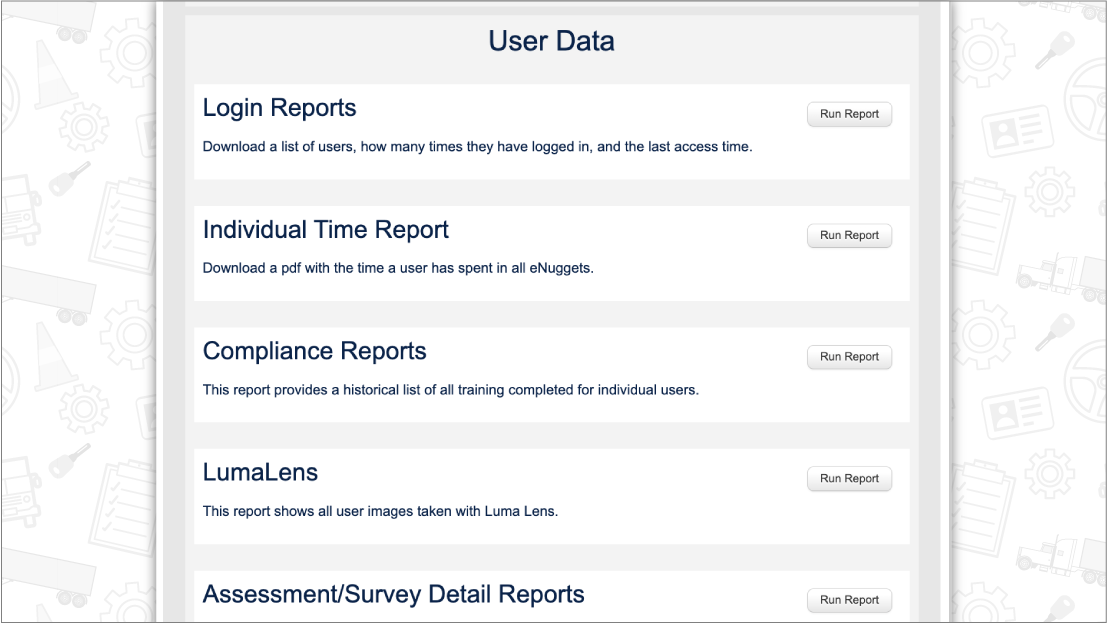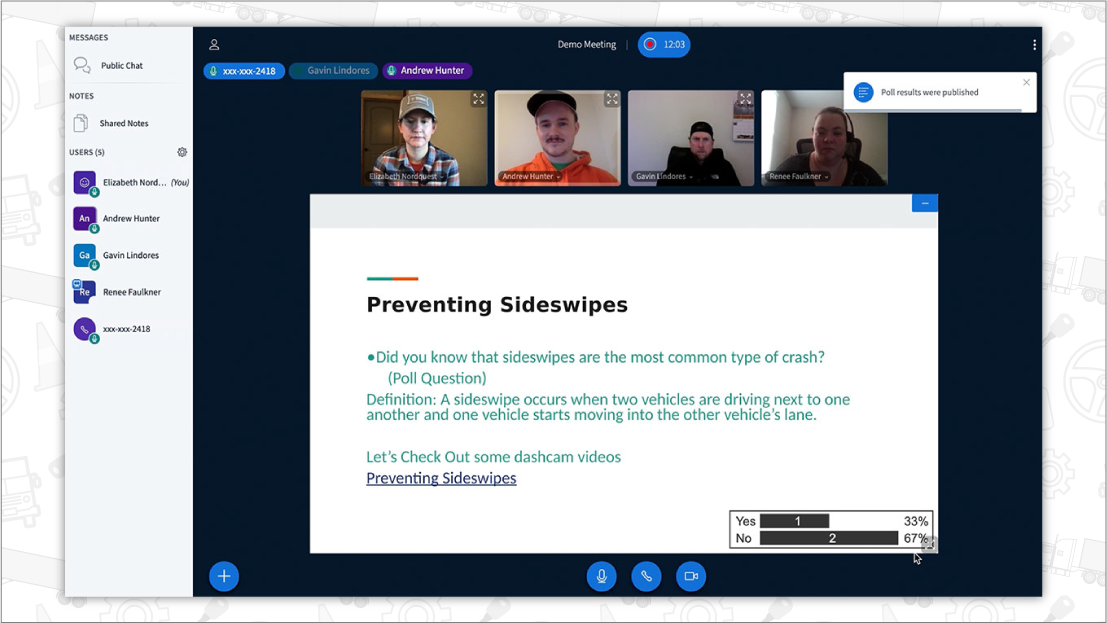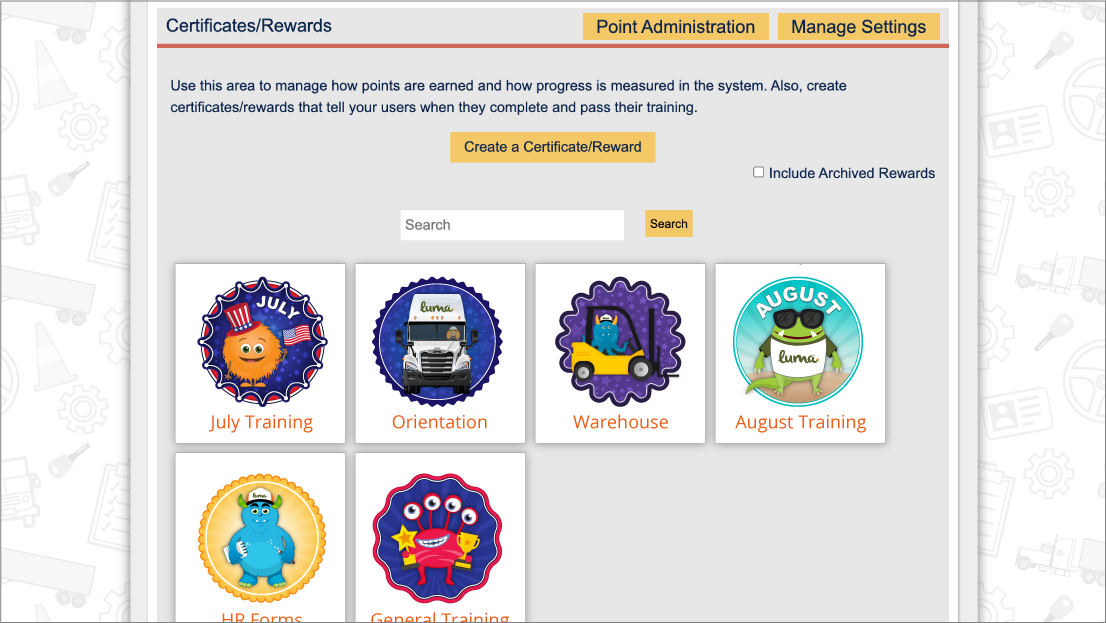![]()
Luma Learning Strategies in the Transportation Industry: City Driving
 Now, that we are back to school, it is time to put your own thinking caps on and see how YOU can motivate and retain drivers during orientation training.
Now, that we are back to school, it is time to put your own thinking caps on and see how YOU can motivate and retain drivers during orientation training.
For the past 6 years, we’ve collected analytics through driver’s input, feedback, and behaviors and found three overarching principles to be critical to creating an award-winning training. Be on the lookout for what elements of the lessons touch on these aspects.
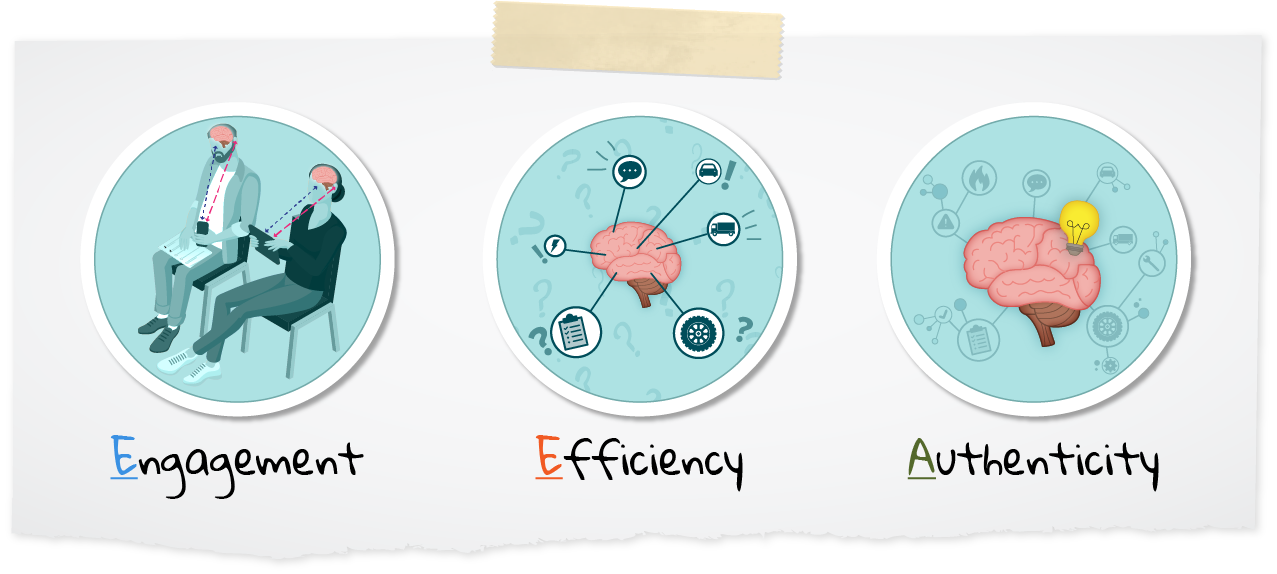
One-Size Orientation Fits All? Our Brain Doesn’t Say So!
Each week we are going to release one new teaching and learning strategy specific to the transportation industry. These lessons will include estimated time, materials, and instructional procedures for classroom (F2F) and online teaching. Let’s get started with lesson #1!
ObjectivesIdentify hazards with city driving and discuss strategies for handling the hazards. |
|
Estimated Time50 minutes |
|
Materials
|
| 1. | Place drivers into small groups. |
| 2. | |
| 3. | |
| 4. | If it doesn’t come up, be sure to discuss a specific hazard that might come up because you do not plan ahead, such as running into a low clearance object. Stress the importance of pre-trip planning. |
| 5. | |
| 6. | |
| 7. | Provide drivers the city bridge clearance web sites like Chicago bridge clearances or the Motor Carriers Road Atlas and have them identify any bridges or hazards they may experience along the way. |
| 8. | |
| 9. | |
| 10. | Stress they need to plan the route every time they go into cities because with construction things may change. This plan is certainly not written in stone. |
| 1. | Place drivers into online discussion board groups (they can work at their own time) or set up a webinar (where everyone meets at the same time). If you are doing a webinar, be sure to record it for those that might have missed it. |
| 2. | |
| 3. | |
| 4. | Give drivers a deadline for posting their thoughts. After this time is up, you can post your feedback on the hazards they may face. Stress the importance of pre-trip planning. |
| 5. | |
| 6. | |
| 7. | |
| 8. | |
| 9. | Edit the City Driving eNugget® to encourage them to call the delivery locations they will frequent to see if there are any low clearance hazards the area they need to be aware of. |
| 10. | |
| 11. | Include online content in the eNugget® or stress in the webinar they need to plan the route every time they go into cities because with construction things may change. This plan is certainly not written in stone. |




